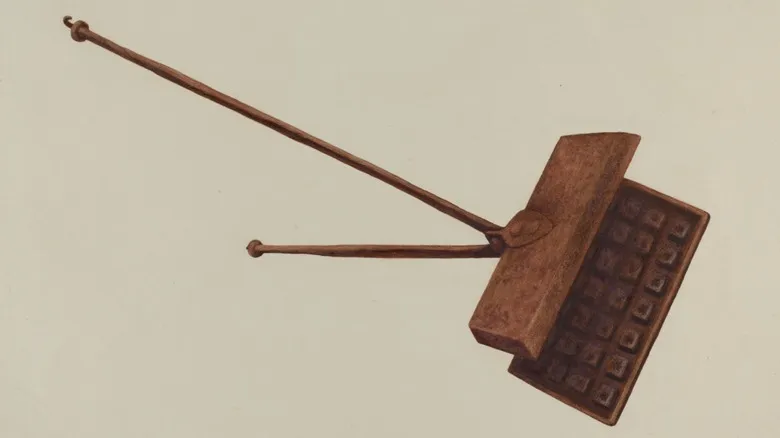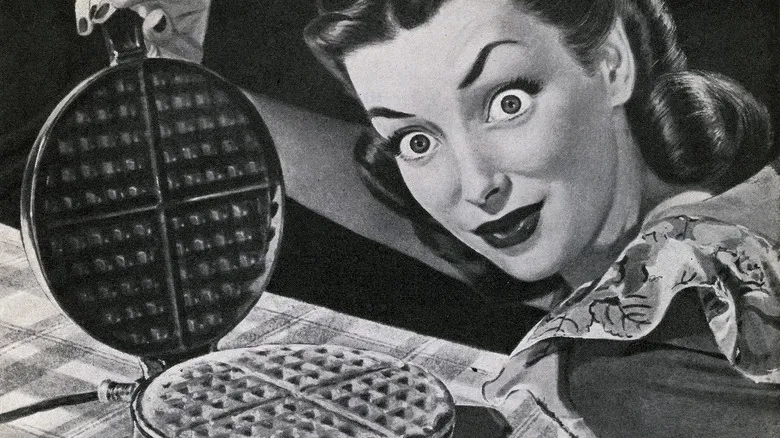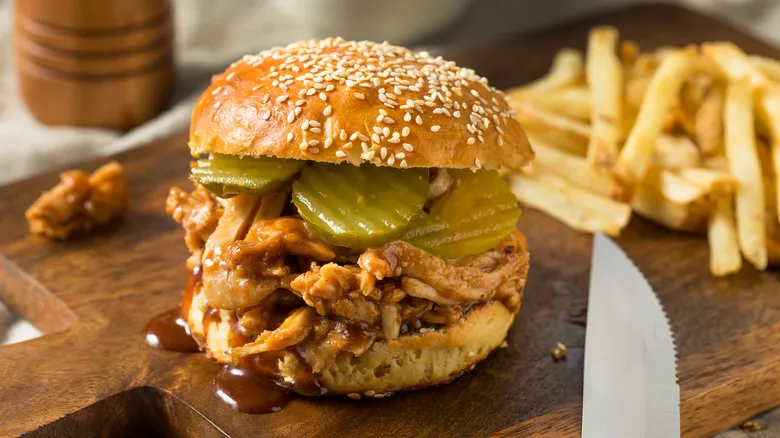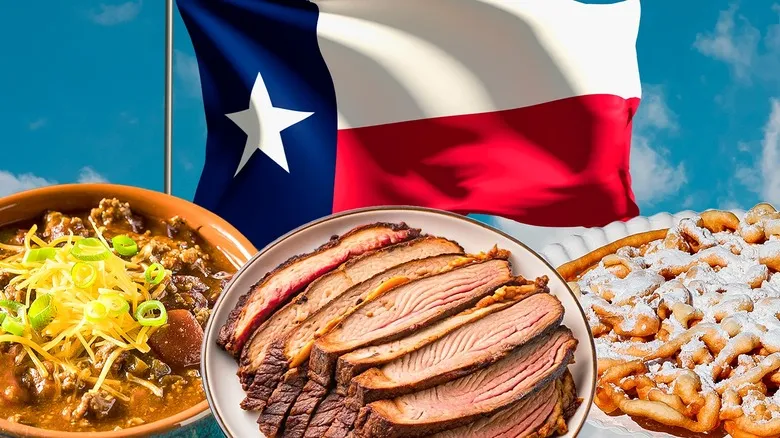The surprisingly long history of waffles

The Pilgrims encountered waffles through the Dutch, who also contributed to its name (though they spell it "wafel"). However, the origins of waffles extend far beyond the Netherlands. Their history traces back to Ancient Greece, where people enjoyed obelios, simple cakes cooked between two metal plates. This cooking method spread across Europe, largely facilitated by the Catholic Church, which regarded them as a complement to communion wafers.
While the Dutch cannot claim to have invented waffles, they are credited with introducing them to America. Just six years after the Pilgrims settled in Massachusetts, Dutch colonists founded New Amsterdam, which later became New York City in 1665. It was in this city that waffles began to gain popularity in America. By the 1740s, residents were hosting entire parties dedicated to waffles, known as "wafel-frolics," which often featured lively dinner theater.
Thomas Jefferson may have also contributed to the rise of waffles in America. In 1789, upon returning from his role as the foreign minister to France, he brought back various European treasures, including four waffle irons from a trip to Amsterdam. Records from Jefferson's estate, Monticello, include a waffle recipe penned by Dutch New Yorker Anna De Peyster. It’s likely that waffles were served at Monticello and possibly even during Jefferson's presidency.
Waffles take over America

As waffles became a staple in American culture, they underwent significant changes. In Europe, waffles were primarily viewed as a dessert or snack, often enjoyed plain. However, upon their arrival in the United States, they evolved into a popular breakfast item, commonly served with maple syrup.
Americans made several key contributions to the history of waffles. One of the most significant developments occurred in 1869 when Cornelius Swartwout, an inventor from Toy, New York, patented a stovetop waffle iron made of cast iron. This innovation eliminated the need to hold a waffle press over the fire during cooking, which was a risky way to avoid burns, and allowed for efficient waffle production. In 1918, General Electric introduced the first electric waffle iron, which quickly became a kitchen essential in American households.
Waffles have proven to be a canvas for continuous innovation, with one of the most surprising contributions coming from a mayonnaise company. In 1935, brothers Frank, Anthony, and Samuel Dorsa began making mayonnaise in their parents' basement in San Jose. Focusing their marketing on the use of fresh eggs instead of Miracle Whip, they named their product Eggo. They later diversified into other food products, and in the 1950s, Frank developed a method for mass-producing waffles that could be frozen and sold in grocery stores, making waffles a common breakfast choice across the country.
Recommended

Why The FDA Once Ruled Out White Chocolate As Real Chocolate

How Sierra Mist Evolved Into Starry

Why Do Sandwich Pickles Have Ridges?

14 Iconic Texas Foods You Must Try At Least Once
Next up





